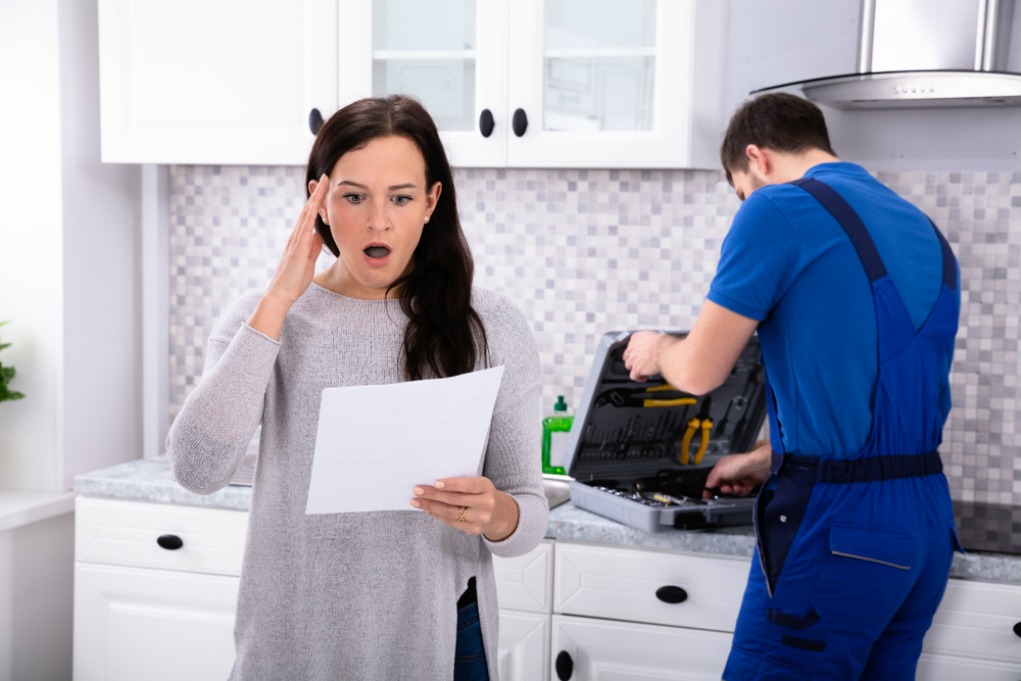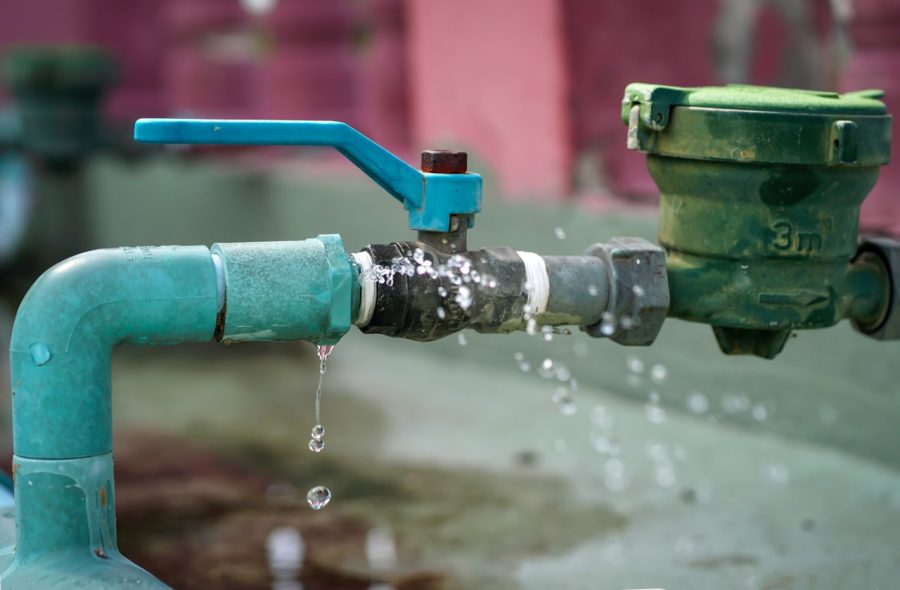Here on the next paragraphs you can locate a lot of superb ideas related to Plumbing Issues in Older Properties and How to Fix Them.

Older homes usually include charm, personality, and background, but they can additionally bring a host of plumbing concerns. Whether you're managing aging pipes, low tide pressure, or leakages, knowing just how to resolve these typical troubles is vital to maintaining a secure and functional home. In this overview, we'll check out the typical pipes challenges encountered by older homes and offer sensible services to maintain your pipes in top form.
Understanding Typical Pipes Problems
Aging Pipelines
One of one of the most common concerns in older homes is aging pipelines. Relying on the age in which your home was built, the pipes could be made from materials that have actually deteriorated gradually, such as galvanized steel, cast iron, or perhaps lead. These materials can wear away, end up being breakable, or create leaks, resulting in water damages and possible carcinogen.
Water Top Quality Testing
Older pipelines can affect the high quality of your water. Conduct a water high quality examination to look for impurities such as lead, rust, or other contaminations that might be introduced by aging pipelines.
Solutions for Common Plumbing Problems
Changing Aging Pipelines
If your home has old, deteriorating pipes, take into consideration replacing them with contemporary products like copper or PEX. This can be a substantial financial investment, but it will stop future concerns and enhance the safety and security and integrity of your plumbing system.
Repairing Low Water Stress
To take care of low water pressure, begin by cleaning or replacing old components and getting rid of mineral build-up in the pipelines. If the problem continues, it might be necessary to replace areas of rusty pipelines.
Repairing and Replacing Leaking Pipes
For small leaks, you can use pipeline clamps or epoxy putty as a momentary repair. Nevertheless, it's finest to replace leaking pipes completely to prevent additional damage.
Upgrading Fixtures
Upgrading old fixtures to modern, water-efficient models can improve your home's plumbing performance and reduce water intake. Seek components with the WaterSense label for the best performance.
Dealing with Pipeline Deterioration
If your pipelines are rusted, changing them with corrosion-resistant products like copper, PVC, or PEX is the most effective option. Routine assessments and water high quality maintenance can help avoid further corrosion.
Low Tide Stress
If you're experiencing low water stress, it could be as a result of natural resources, rust inside the pipes, or old components that are no more working efficiently. This can be a major hassle, especially in locations like showers and sinks.
Dripping Pipes
Leakages are an additional regular problem in older homes, frequently caused by rusty or worn-out pipes. Also small leakages can bring about considerable water damage, mold and mildew development, and increased water costs if not dealt with promptly.
Obsolete Fixtures
Outdated pipes fixtures such as taps, toilets, and showerheads not only look old however might also be much less efficient, vulnerable to leaks, or incompatible with modern-day plumbing criteria.
Pipe Deterioration
Rust is an usual issue in older pipelines, particularly those made from galvanized steel or actors iron. Rusty pipes can limit water flow, trigger staining, and at some point result in leakages or pipe ruptureds.
Assessing the Condition of Your Pipes
Inspecting Visible Pipelines
Start by checking any kind of visible pipelines in your house, such as those in basements, crawl spaces, or under sinks. Seek signs of rust, leakages, or corrosion, which can indicate underlying problems.
Looking for Leaks
Check for leaks by examining areas around faucets, toilets, and under sinks. You can likewise check your water meter before and after a period of no water utilize to identify hidden leaks.
When to Call an Expert
While some plumbing issues can be managed with do it yourself remedies, there are times when it's best to hire an expert. If you're managing major leaks, substantial deterioration, or are unsure about the condition of your pipes, an accredited plumber can offer skilled analysis and fixing.
Preventive Upkeep Tips
Normal Inspections
Routinely inspect your plumbing system for signs of wear and tear. Catching issues early can avoid costly repair work down the line.
Water Pressure Law
Guarantee your water stress is within the suggested range to prevent emphasizing your pipes and components. A plumbing can set up a pressure regulator if needed.
Water High Quality Maintenance
Set up water filters or softeners if your water quality is poor. This can protect your pipes and fixtures from damage caused by hard water or contaminants.
Aggressive Pipeline Substitute
If your home has older pipelines, think about positive replacement before significant concerns emerge. This can conserve you from emergency situation repair services and water damages.
Verdict
Managing pipes issues in older homes requires a combination of vigilance, preventative upkeep, and timely upgrades. By understanding the usual difficulties and knowing when to look for professional aid, you can guarantee your plumbing system continues to be practical and reputable for years to come.
Common Plumbing Problems in Older Homes
Older homes have a ton of character from the antique brass faucets, clawfoot tubs, and colorful tile to the Dutch doors, transom windows, and archways, there s a lot to love. Unfortunately, that character often includes old plumbing that s past its prime and isn t fit to support modern appliances.
If you own an older home and are suspicious about strange noises (ghosts?), smells, leaks, or frequent clogs in your plumbing, it's possible that your home s old age is to blame.
Learn more about the most common old house plumbing problems, and what can be done to fix them!
What Are the Most Common Plumbing Problems in Old Houses?
Old, corroded piping. Most older pipes are made of material that corrodes and rusts more easily. Even if over the years some of that piping was replaced with better material, the rest may be damaged or repaired with lower-quality material. Though expensive, it may be the best option to re-pipe your plumbing especially if there s rust or lead in your water. Slow drains. This could be the result of many issues, but most likely because of pipe bellies. These are sags in your drainpipes that happen as your home settles and shifts downward over time, putting pressure on your pipes and creating negative slopes. This can restrict water from flowing correctly through them and result in slow drains. Frequent clogging. As you might expect, pipe bellies can also lead to frequent clogging. Another reason for clogging could be due to buildup over time, or blockages from sediment and root growth. Scheduling a drain inspection and drain unclogging service can eliminate this issue. Damaged or failing sewer lines. Old homes are more likely to have foundational shifts and tree root overgrowth. This can put a lot of pressure on and in your sewer lines, leading to damage. Another common reason for failed sewer lines is because of modern appliance upgrades. Newer appliances put more strain on sewer lines, and if your old pipes aren t equipped to handle this, it can result in damage. If you have any wastewater backup, slow drains, or soft spots in your yard, you may need sewer line replacement. Worn or outdated fixtures. Plumbing fixtures old or new aren t built to last forever. Even if your fixtures seem like they re working well, it s best to check the wear on any internal parts. Minor wear and tear over time can lead to more costly leaks and plumbing issues. Our experts can perform a plumbing inspection for any part of your home s plumbing. Improper installations or repairs. Whether your plumbing was installed a hundred years ago, installed incorrectly, repaired incorrectly, or repaired with outdated materials, this can affect the long-term stability of your plumbing. In older homes especially, having your plumbing inspected is vital to preventing damage. What Are Old Plumbing Pipes Made Of?
Galvanized steel. Most often used between the 1930s and the 1980s, this piping material was discovered later in the 1990s to be prone to rust and corrosion, releasing lead into the water, which is dangerous to consume. Copper. Most homes built around the 1960s are likely to have copper piping. Unlike galvanized steel, copper is one of the most durable materials for plumbing pipes. The issue with this material is the risk of lead, which could be present in the piping itself or the solder applied to the joints and fittings. PVC. This material is still used today and was often used in older homes where piping was replaced because it was easy and inexpensive to install. PVC is also very durable, lead-free, resistant to rust and corrosion, and handles high water pressure well. The downside is that hot water can make it warp. How to Fix Plumbing Problems in Old Homes
Have your plumbing inspected. Before you begin or schedule any type of repair, schedule a plumbing inspection. An expert will be able to properly identify all the issues in your plumbing and the best solution to avoid further damage. Get your plumbing repaired or replaced as needed. Depending on the issues found with your plumbing, you may need minor repairs or larger replacements. Make sure these issues are addressed before you tackle any smaller issues. Remove any clogs or buildup. It s likely your old pipes are clogged with debris, mineral buildup, hair, tree roots, and more. Having your drainpipes cleaned will improve overall drainage and help prevent future leaks. Replace old fixtures. Before replacing any fixtures, check with your local plumber first. Not only can new fixtures strain your old plumbing pipes, but installing them incorrectly can lead to costly damage.

As a serious reader on , I imagined sharing that excerpt was a good idea. I beg you pause to distribute this post if you enjoyed it. We appreciate reading our article about Main Plumbing Issues Found in Old Houses.
Schedule A Service